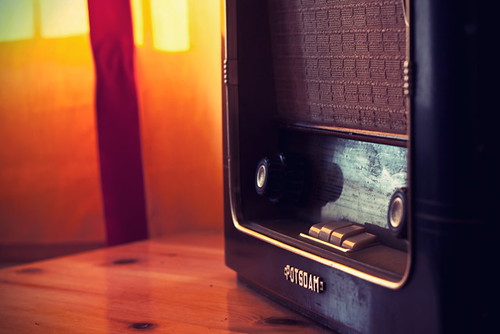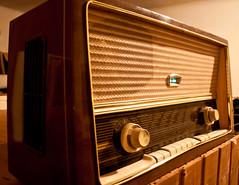This past week brought word of the closing of two American Jewish institutions: Entenmann’s, the producer of all kinds of baked goods, and KlezKamp, the producer of yidishkayt in all of its varied manifestations. After more than 100 years on Long Island, the Entenmann’s plant will shut its doors and, if company press releases are to be believed, relocate elsewhere. KlezKamp, a much younger phenomenon -- it will have been around for 30 years -- will be calling it a day at the conclusion of its final session, in late December.

Thanks to its kosher certification, Entenmann’s went on to become a staple in many traditional American Jewish households, its doughnuts and crumb cakes a fixture of the synagogue kiddush as well. I never cared much for them. To me, they tasted too much of the chemical preservatives whose names (thiamine mononitrate and riboflavin) were dutifully listed on the outside of the blue and white box with the cellophane window. But I know hundreds of people, including the members of my extended family, who not only relished their Entenmann’s, but also made a point of incorporating its consumption into their Shabbat morning ritual: a source of fortification before heading out for shuel.
In other American Jewish households, most famously that of Shalom Auslander’s, the Entenmann box served as a distraction. In his celebrated memoir, Foreskin’s Lament, Auslander writes of having run through all of the reading material he had assembled for Shabbat. “By Saturday afternoon I was slumped over the kitchen table, reading the side of the Entenmann’s doughnut box for the ten thousandth time. The history of Entenmann’s, the price per pound of Entenmann’s, the ingredients of Entenmann’s; I knew more about Entenmann’s doughnuts than most of the Entenmanns themselves.”
KlezKamp, too, deserves to be celebrated and chronicled in print. The brainchild of Henry Sapoznik, one of the founding fathers of the klezmer revival movement, it brought together for one week and under the roof of a down-at-its-heels Catskills hotel the most widely variegated community of Jews I’ve ever encountered. What bound everyone together was a shared fidelity to Yiddish and the cultural milieu from which it emerged.
The accommodations left a lot to be desired and the food was nothing to write home about -- a box of Entenmann’s doughnuts would have been like manna -- but these physical limitations were more than offset by the sheer, unadulterated exuberance of the experience. I’ve yet to find anything else like it. Teaching in the morning, attending someone else’s classes on language, song or cooking in the afternoon, jamming at night and dancing, dancing, dancing until the very wee hours of the morning -- KlezKamp epitomized Jewish experiential education at its very best.
I, along with hundreds, perhaps even thousands, of its fans, will greatly mourn its passing. I know I speak for the community of KlezKampers when I say that we are exceedingly grateful to Henry and his dedicated team for nourishing our spirits, fortifying our souls and enabling us to experience firsthand the joys of Yiddish.



